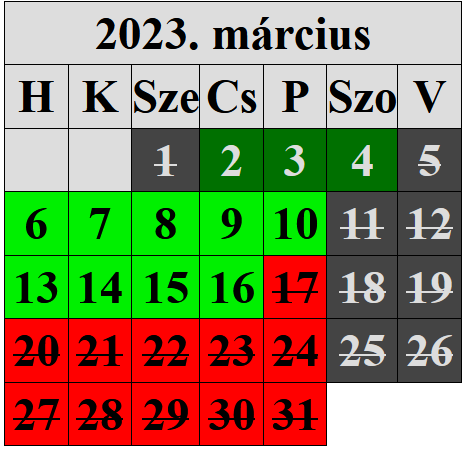When you receive arguments in string format from the UI inside you controller, do you pass strings to application service (or to command) directly ?
Or, do you create value objects from the strings inside the controller ?
new Command(new SomeId("id"), Weight.create("80 kg"), new Date())
or
new Command("id", "80 kg", new Date())
new Command("id", "80", "kg", new Date())
Maybe it is not important, but it bothers me.
The question is, should we couple value objects from the domain to (inside) the controller ?
Imagine you don't have the web between you application layer and the presentation layer (like android activity or swing), would you push the use of value objects in the UI ?
Another thing, do you serialize/unserialize value objects into/from string like this ?
Weight weight = Weight.create("80 kg");
weight.getValue().equals(80.0);
weight.getUnit().equals(Unit.KILOGRAMS);
weight.toString().equals("80 kg");
In the case of passing strings into commands, I would rather pass "80 kg" instead of "80" and "kg".
Sorry if the question is not relevant or funny.
Thank you.
UPDATE
I came across that post while I was searching information about a totally different topic : Value Objects in CQRS - where to use
They seem to prefer primitives or DTOs, and keep VOs inside the domain.
I've also taken a look at the book of V. Vernon (Implementing DDD), and it talks about (exactly -_-) that in chapter 14 (p. 522)
I've noticed he's using commands without any DTOs.
someCommand.setId("id");
someCommand.setWeightValue("80");
someCommand.setWeightUnit("kg");
someCommand.setOtherWeight("80 kg");
someCommand.setDate("17/03/2015 17:28:35");
someCommand.setUserName("...");
someCommand.setUserAttribute("...");
someCommand.setUserOtherAttributePartA("...");
someCommand.setUserOtherAttributePartB("...");
It is the command object that would be mapped by the controller. Value objects initialization would appeare in the command handler method, and they would throw something in case of bad value (self validation in initialization).
I think I'm starting to be less bothered, but some other opinions would be welcomed.

